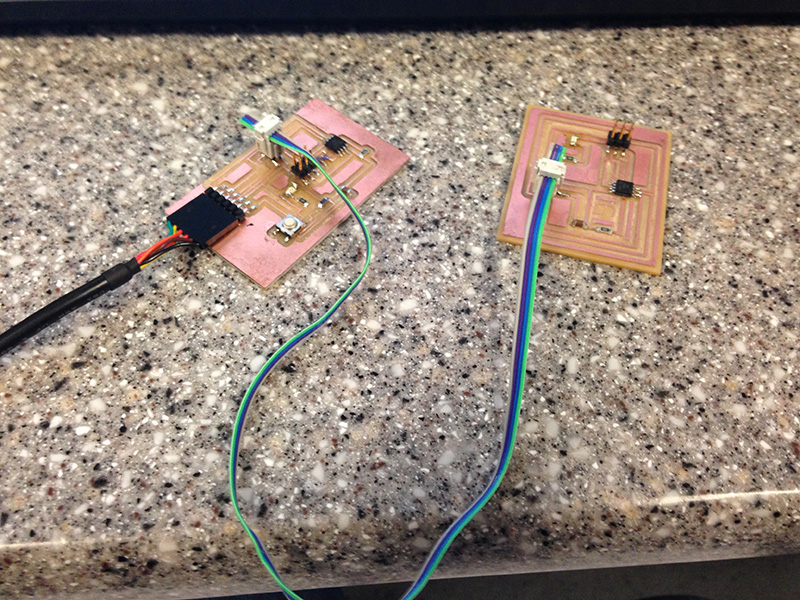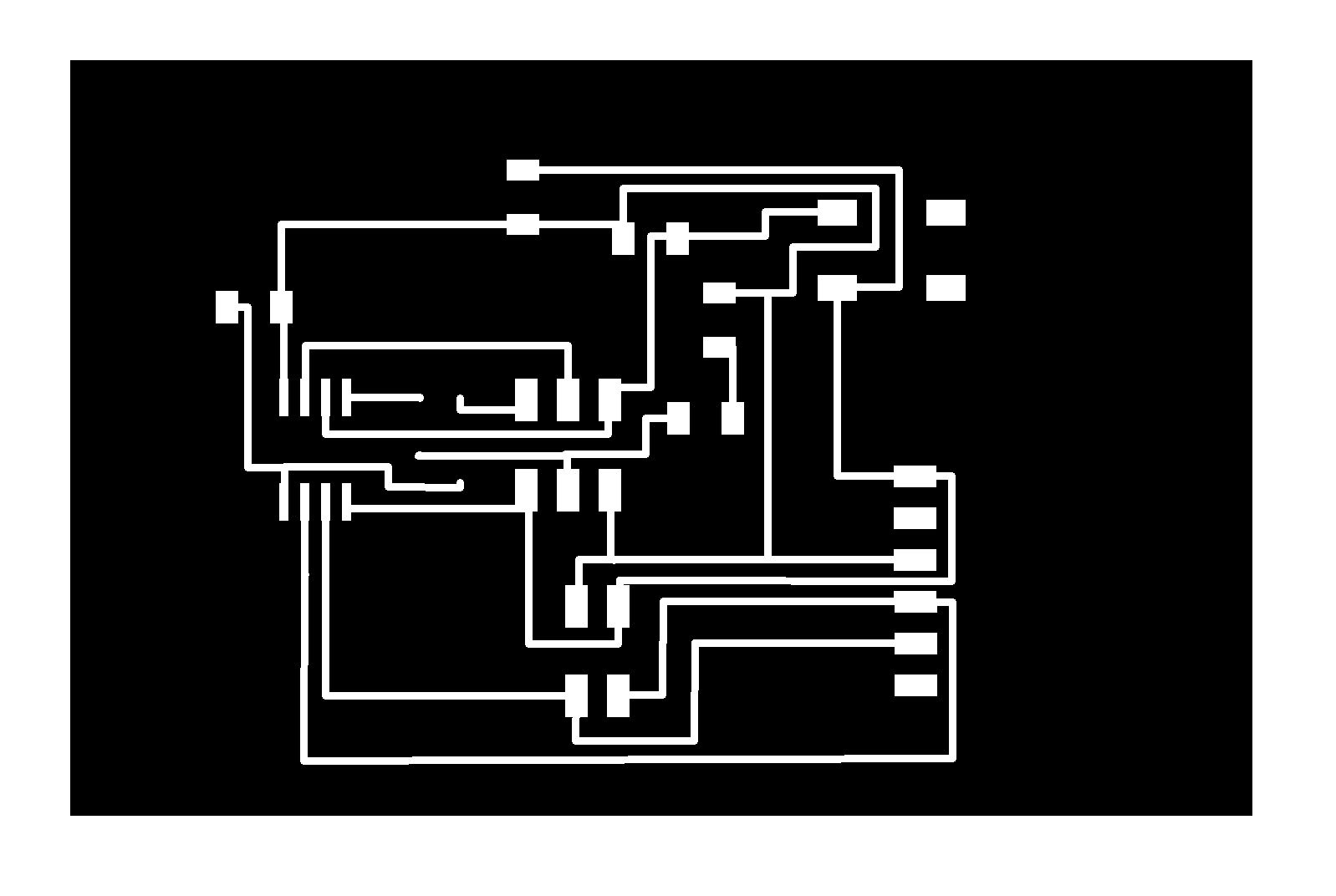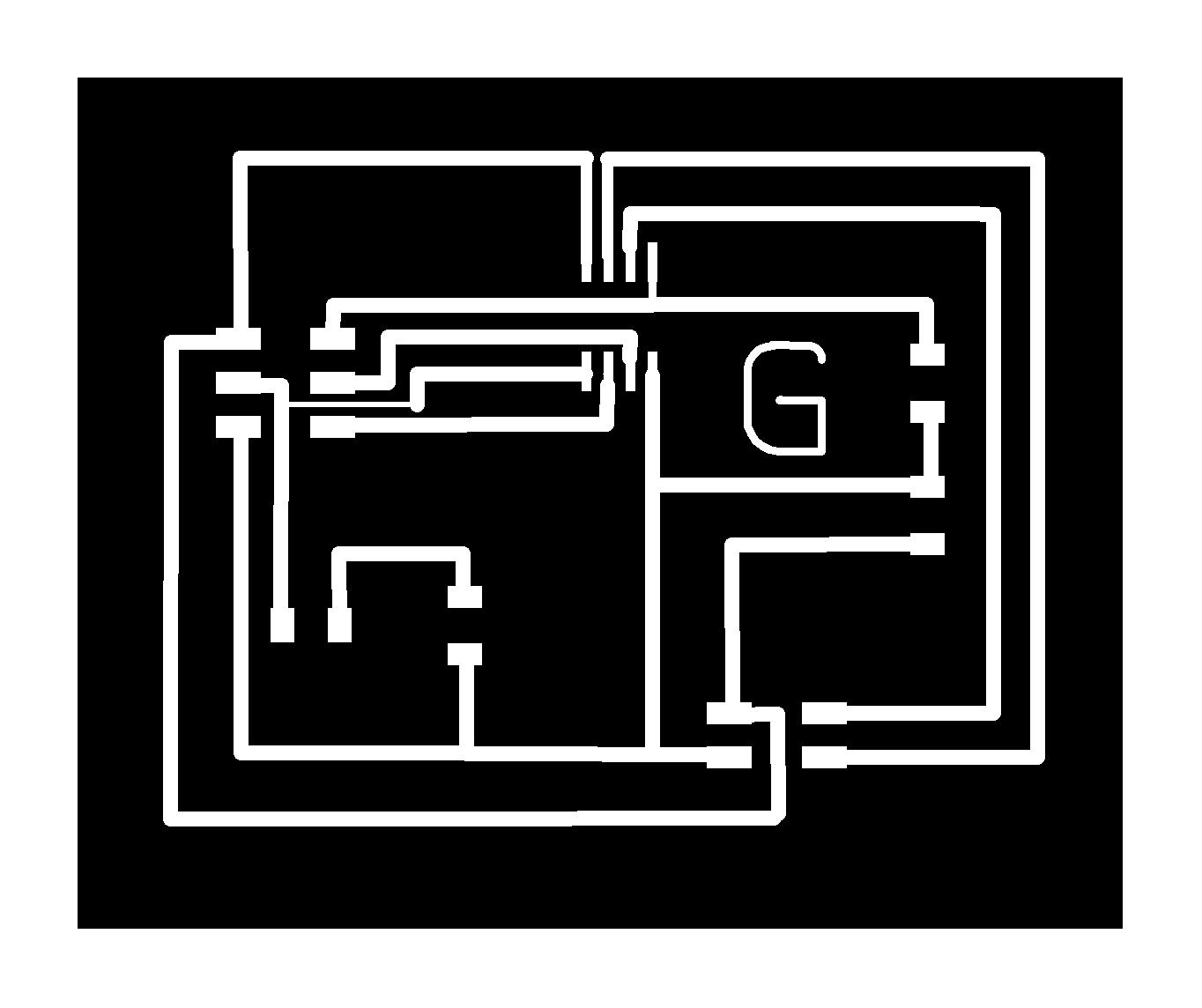Homework
Our homework was to design and build a wired &/or wireless network connecting at least two processors. I chose to redesign the hellobus bridge and hellobus node boards. This week's assignment was LONG but it went much faster than weeks past because of my experience.

Challenges
Designing
Eagle is getting easier, but I had difficulties with the bridge board but came up with solutions. The node board was so easy, I even had time to put a fancy "G" for Gail like I see a lot of other board designers do.


Programming
#define node_id '0'
at113@at113m42696:~/hellobus$ sudo make at113@at113m42696:~/hellobus$ sudo make program-avrisp2
Troubleshooting
I had the polarity backwards on my LED, so I fixed that. When I programmed both the bridge and the node and they were talking to Python, there was a response when I hit ANY number, but no text response. I went back into the code and changed the bit delay time from 100 to 102 and it worked! When I pressed "o", I got one flash indicating that the board got the command to light the light. Then it lit again to "say its name". Very exciting!
I Learned...
I learned how these boards talked to one another and the protocol they use. The bridge and node are communicating asyncronously through serial communication using FTDI. I also learned that sometimes you think you have a program you need for programming and you realize you don't, so you have to go get it....AGAIN! Lesson learned: Work on a reliable laptop or machine, THE SAME MACHINE, and keep all of your programs there together so that when you want to program boards, it should go quickly.
Code and Design Files
Neil's networking code
Networking terminal log
Node board
Node schematic
Bridge board
Bridge schematic